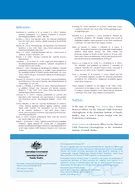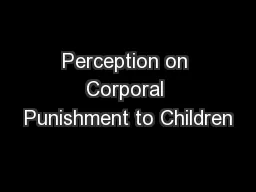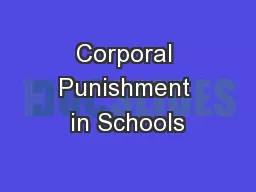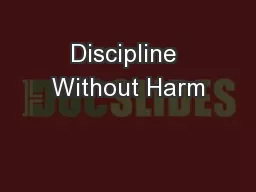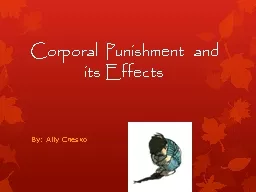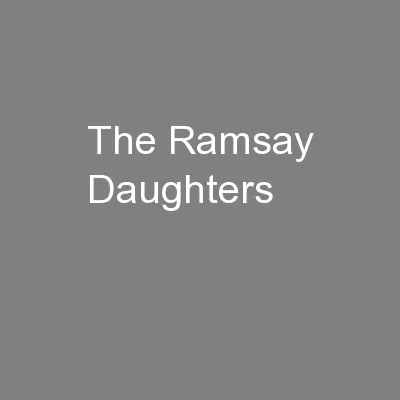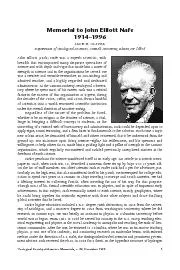PDF-Corporal punishment Key issues Prue Holzer and Alister Lamont resource sheet N AT I O
Author : lois-ondreau | Published Date : 2014-12-26
This Resource Sheet provides a brief overview of research literature on the use of corporal punishment towards children and the legal landscape regarding corporal
Presentation Embed Code
Download Presentation
Download Presentation The PPT/PDF document "Corporal punishment Key issues Prue Holz..." is the property of its rightful owner. Permission is granted to download and print the materials on this website for personal, non-commercial use only, and to display it on your personal computer provided you do not modify the materials and that you retain all copyright notices contained in the materials. By downloading content from our website, you accept the terms of this agreement.
Corporal punishment Key issues Prue Holzer and Alister Lamont resource sheet N AT I O: Transcript
Download Rules Of Document
"Corporal punishment Key issues Prue Holzer and Alister Lamont resource sheet N AT I O"The content belongs to its owner. You may download and print it for personal use, without modification, and keep all copyright notices. By downloading, you agree to these terms.
Related Documents

